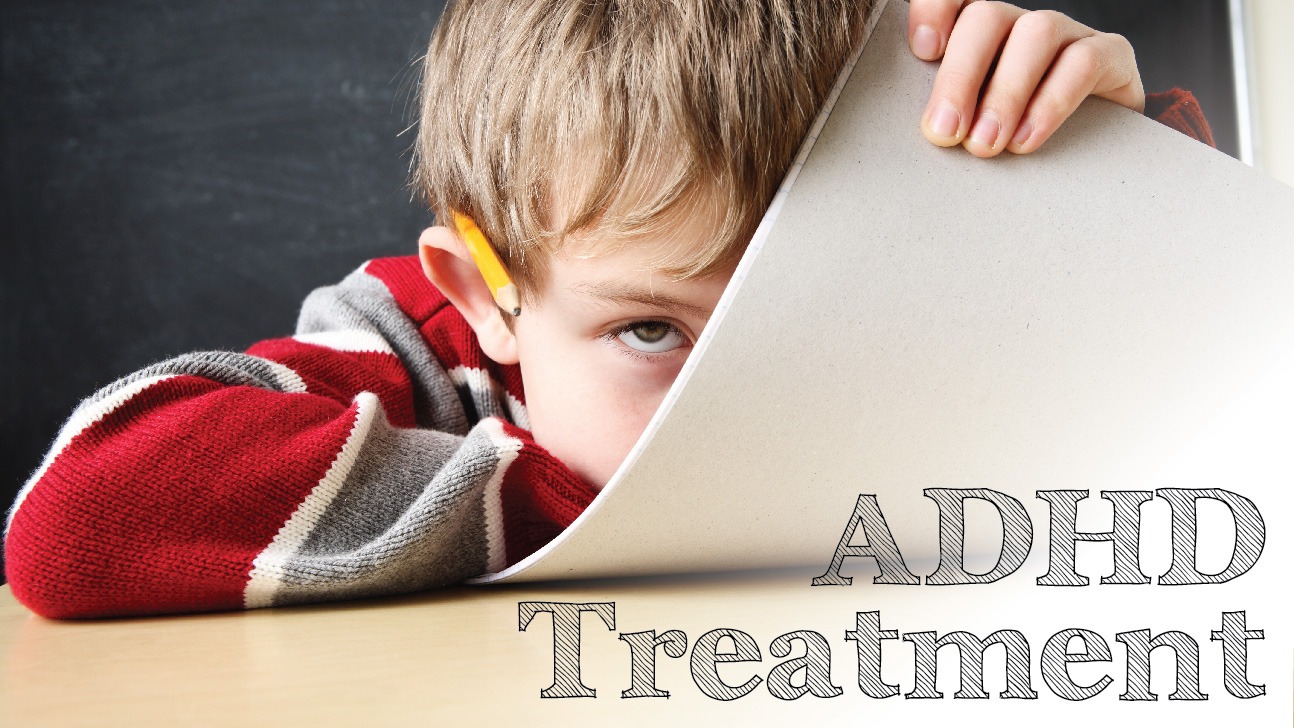Treating ADHD: An Overview
Attention-deficit/hyperactivity disorder is one of the most common disorders among children and can continue through adolescence and into adulthood, according to the National Institute of Mental Health. Fortunately, this condition can be effectively treated with proper consultation and care. Treatment of ADHD involves behavioral, educational and medical management. If these three aspects of treatment are used, we can expect a patient improvement rate of 90 percent, depending on individual patient results.
Behavioral
Just as a person with asthma can help himself by avoiding smoke, a cat and other irritants, there are behavioral changes that people with ADHD can make to help themselves. This might involve sitting at the front of the classroom, not sitting next to an obvious distraction (such as the hamster cage) and/or not sitting near a window to stare at a man mowing grass.
Obvious and significant behaviors that are often neglected involve getting adequate sleep (at least eight hours), eating a protein-rich diet and participating in at least 30 minutes of some form of exercise each day. This not only improves ADHD symptoms but also helps to reduce potential side effects from medication.
We may recommend seeing a counselor to help in this area. Counselors encourage, motivate and help both patients and parents to process or understand some of the behaviors and emotions that accompany ADHD and medical management.
Educational
This involves close interaction with the school system, primarily by frequent communication and by supporting the educational plan. It is not unusual to have disagreements in this area and these should be approached systematically and unemotionally.
It is a very good idea for parents to keep an educational journal, which might include suggestions and accommodations that teachers make each year that the teachers found to be beneficial in teaching the child. This and other school information will be helpful in the event that the student needs an IEP or “Individualized Education Plan,” which is a plan specifically tailored to that child.
Medical
This is by far and away the most beneficial, and yet the most controversial, part of the treatment for ADHD. Studies have shown medications to be very beneficial in alleviating the symptoms of both hyperactivity/impulsivity and inattention. Certain medications work better for particular symptoms. Although we make an informed choice based on our experience, there is no way that we can tell prior to starting treatment which medication will work best or will be tolerated best. In some cases, it may take 3-6 months to determine the best medication for a particular patient. Medications can be divided into two types: stimulants and non-stimulants.
Stimulants last for 4-18 hours. The medications of choice for ADHD are the stimulant medications (which include Ritalin, Adderall, Vyvanse, Concerta and many others). Stimulants work quickly and efficiently when the right medication, at the right dosage, is found. Dosage is regulated by comparing efficacy (how well it works) and tolerability (the side effects).
Stimulants are divided into amphetamine and methylphenidate groups. Primary side effects of the stimulants include:
- Loss of appetite
- Problems with falling asleep
- Body complaints (headaches, stomachaches, constipation, heart racing, chest pain caused by indigestion)
- Moodiness (sad or mad)
- 5-10 percent of patients may develop a tic (usually a sound or small twitch of the face).
Non-stimulants last for 24 hours. The non-stimulants are Strattera, Kapvay and Intuniv (generic form of Intuniv is guanfacine). Non-stimulants do not act as quickly as stimulants, often requiring weeks to become effective. Strattera can cause abdominal pain if taken without food, and some patients may experience fatigue and drowsiness. Kapvay and Intuniv can cause drowsiness during the day and some patients will have problems with sleep.
It is not unusual to have side effects in the first few weeks that resolve over time. If side effects can be tolerated, it is best to give them some time to improve. If the side effects seem too significant, the medication should be discontinued and an alternative medication can be tried.
Follow-Up
Follow-up will consist of reports from parents, teachers and the patient. Vital signs and growth will be monitored closely. Hopefully, treatment will result in a healthy self-esteem and good academic achievement.
At Hattiesburg Clinic Connections, we serve as a regional resource center providing medical, educational, speech/language, and dyslexia evaluation services for children and teenagers. Following diagnosis, we work with you and your child to determine the best course of treatment and therapy for them. If you would like to schedule an appointment, please contact us today.
